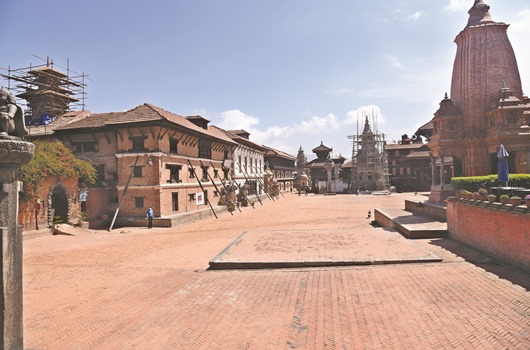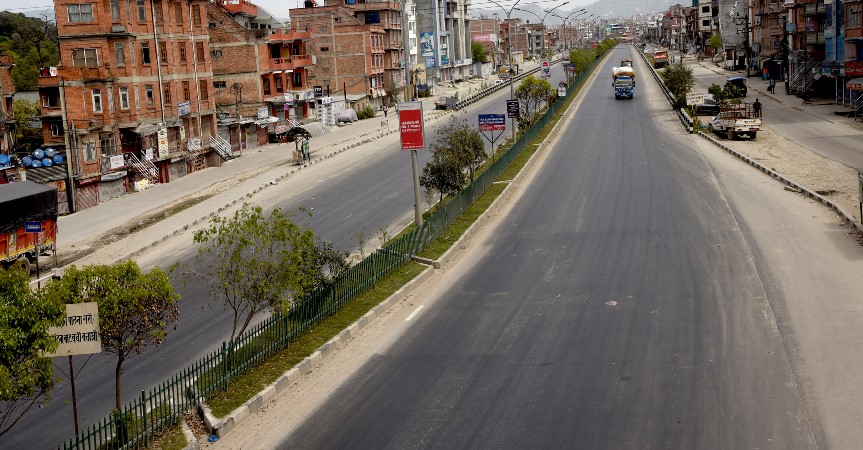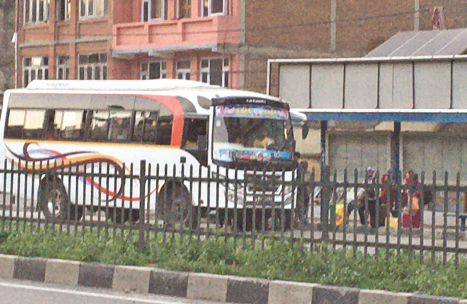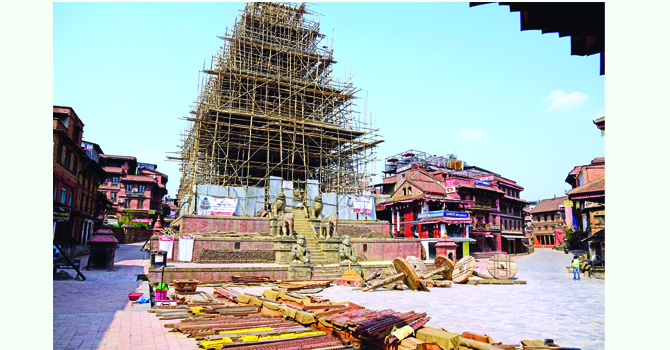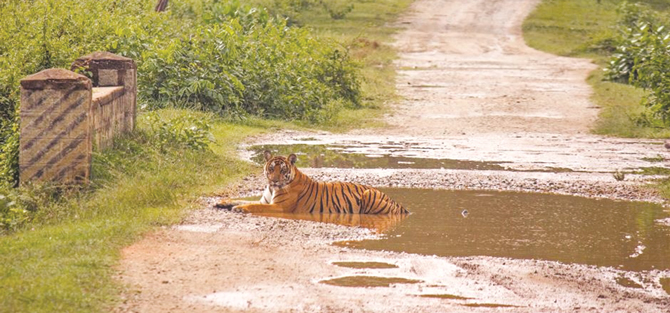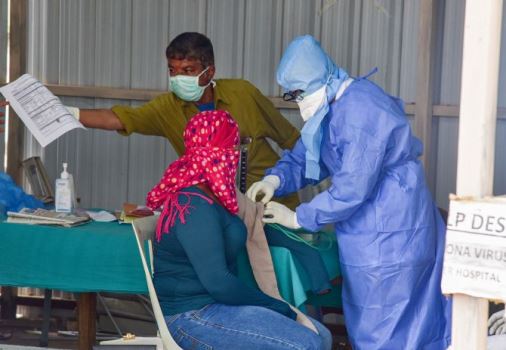Country in need of advanced forecast system to minimise losses caused by rain-induced disasters

By Indira Aryal
Kathmandu, Oct. 24: Sudden and incessant rainfall in the third week of October has caused widespread floods and landslides, killing over a hundred people in the past few days across the country.
Post-monsoon rainfall claimed the lives of 107 people, with 35 still missing and 32 sustaining injuries across the country by Friday.
Though the Department of Hydrology and Meteorology said the monsoon had completely withdrawn since October 11, the heavy rainfall all over Nepal within a few days indicates the need to adapt to a new climate pattern.
According to Madhukar Upadhya, a climate change and water expert, as soon as we were saying that the monsoon had ended, it was surprising to see such a downpour that had the capacity to kill lives and destroy properties. “It is because of the result of global warming and change in the whole climatic pattern. The world has entered into a new climate pattern and the sudden heavy rainfall in the last few days after the monsoon withdrawal was also due to this reason,” he said.
Post-monsoon rainfall was not new and caused little damage in earlier years too, but the heavy downpours, which caused damages this year was much more extensive, he said.
“We have entered into a new climate pattern because we have been witnessing intensive rainfall within a short duration. For many years now, we have been accepting the ongoing climate patterns, like moderate rainfall, during the time of the Dashain festival. But we should accept the new climate pattern and prepare further as per the new phenomena,” said Upadhya.
“Another reason for sudden heavy rainfall was more moisture in the atmosphere due to the rise in temperature, and that increases the amount of rainfall,” Upadhya said. “We have entered into a new world of weather phenomena, which means there are chances of heavy rainfall during, pre- or post-monsoon period and should be prepared for the unprecedented change,” he added.
Raju Pandit Chhetri, another climate change expert and Executive Director at Prakriti Resources Centre, said it was clear that the recurring disaster was not normal in the country and has been linked with the effects of climate change. “The temperature in Nepal is increasing at a rate of 0.05 degrees Celsius every year,” he added.
Chhetri, too, confirmed that the unusual rainfall and change in the monsoon pattern was the result of climate change and has been proven by science as well as with experiences.
“With the latest recurring incidents, we can also say that climate-induced disasters are increasing in Nepal in various forms and their losses will continue to be unabated,” Chhetri said.
To face the challenges, there should be a more reliable weather forecast system. “The loss that we incurred during the festive season could have been limited if we were able to forecast unusual weather phenomena,” he said.
Localised forecasting systems have become important, and timely dissemination of information to the intended audience, like farmers and those living in the risk-prone area, must be done, said Upadhya. “We do not have this system, but we need to develop it with a priority. Our scientists can develop the new technology which can forecast rainfall including landslides, and floods in specific locations,” he informed.
Even though DHM forecast rainfall, the information is vague and cannot predict the volume of rainfall and the vulnerable areas, he added.
Senior meteorologist for DHM, Raju Pradhananga, said low-pressure systems in central India and the Bay of Bengal moving north and the westerly winds becoming active is the reason for heavy rainfall after the end of monsoon.
DHM, which has been quite accurate in forecasting the weather in recent times, had predicted heavy rainfall in western regions by publishing special bulletins but the information channel to the local levels was not effective, he said. The information could not be relayed to the farmers, who had already started harvesting their crop soon after the festival, according to Pradhananga.
“We have a system which provides information for the entire country and only province wise but new technology should be developed to disseminate weather information specific to every local level,” he said.
When asked about the rescue and relief programmes immediately at the affected site, Phadindra Mani Pokharel, joint secretary and spokesperson for the Home Ministry, said that it was hard to reach the site on time as all the incidents happened in remote parts of the country.
He also agreed to use the upgraded forecast system to disseminate information to every local level on time.
According to the DHM, this monsoon, Nepal received 15 per cent more rainfall than it did in the past.
Recent News

Do not make expressions casting dout on election: EC
14 Apr, 2022
CM Bhatta says may New Year 2079 BS inspire positive thinking
14 Apr, 2022
Three new cases, 44 recoveries in 24 hours
14 Apr, 2022
689 climbers of 84 teams so far acquire permits for climbing various peaks this spring season
14 Apr, 2022
How the rising cost of living crisis is impacting Nepal
14 Apr, 2022
US military confirms an interstellar meteor collided with Earth
14 Apr, 2022
Valneva Covid vaccine approved for use in UK
14 Apr, 2022
Chair Prachanda highlights need of unity among Maoist, Communist forces
14 Apr, 2022
Ranbir Kapoor and Alia Bhatt: Bollywood toasts star couple on wedding
14 Apr, 2022
President Bhandari confers decorations (Photo Feature)
14 Apr, 2022




